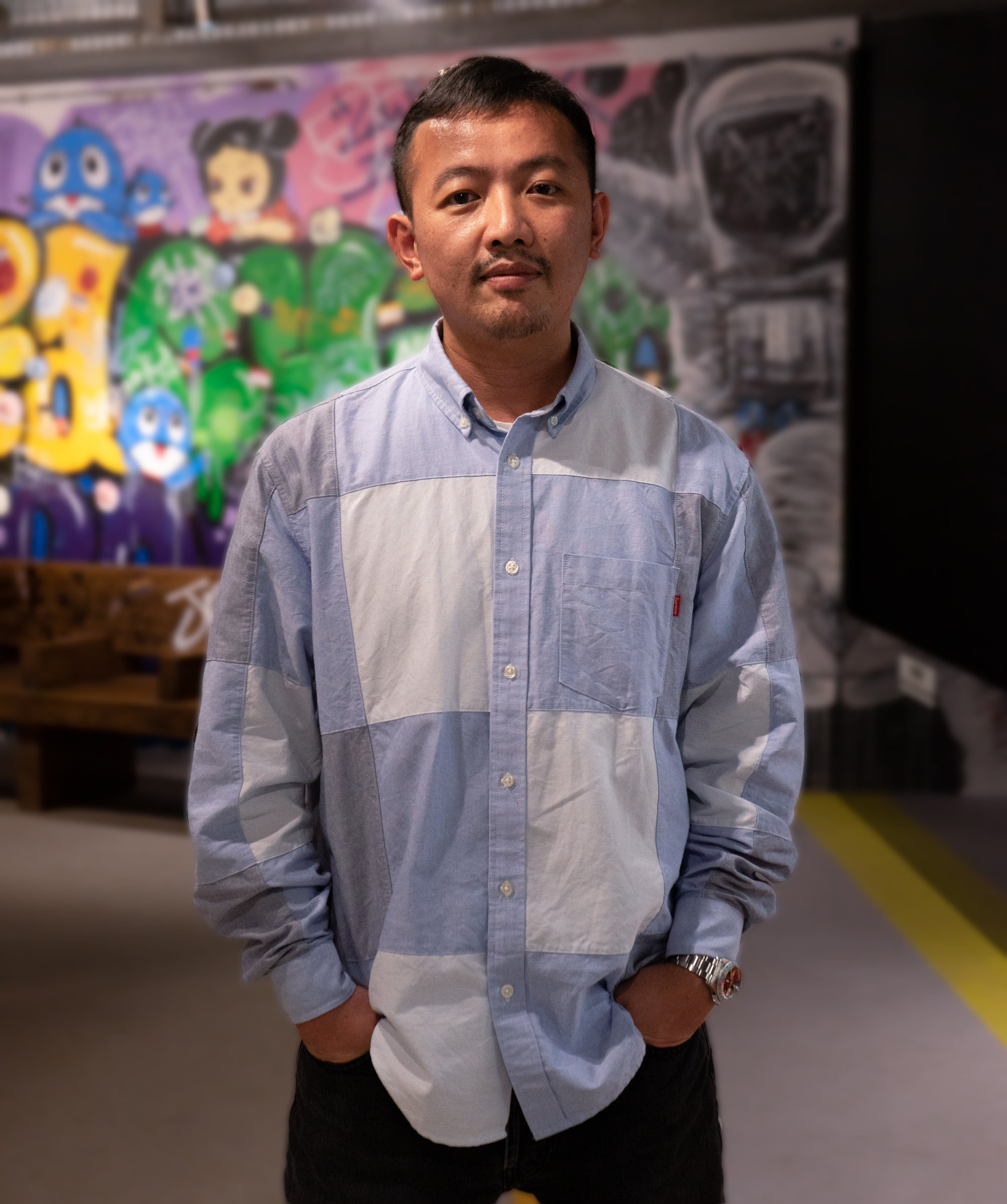
How Banksy’s 2015 amusement park parody Dismaland transformed a gallery founder’s view of exhibitions
- Banksy’s Dismaland turned a disused outdoor swimming pool complex in the UK into a parody of an amusement park, complete with works by 58 artists
- Tim Yu, founder and director of Hong Kong contemporary art space JPS Gallery, explains how it made him realise that an exhibition’s main aim shouldn’t be sales
Pseudonymous graffiti legend Banksy’s so-called bemusement park, Dismaland, transformed a disused outdoor swimming pool complex in the British seaside town of Weston-super-Mare into a parody of an amusement park for 36 days in 2015, complete with works by 58 artists, many of them bitingly satirical of consumerism and contemporary society.
Tim Yu, founder and director of Hong Kong contemporary art space JPS Gallery, tells Richard Lord how it changed his life.
He’s a little bit different – all his works talk about social issues, rather than just being tags.

I had a chance to go to London in 2015 and see his work with my own eyes. I was new to the art industry at that time. I knew that Dismaland was happening (in Weston-super-Mare) at the same time, so I just booked a ticket and headed there before going to the Barcelona Art Fair.
In Bristol (Banksy’s hometown, in southwestern England, near Weston-super-Mare), I saw many Banksy pieces on the street. No words could express my feelings, especially when I went to Dismaland.

First of all, I remember the entrance, by (United States artist) Bill Barminski: it was like an airport, with a luggage X-ray machine, but everything was made from cardboard.
Normally you see art in a gallery or an art fair, but this was unique and gave me a completely different feeling – it was so cool. The guard asked people how tall they were: if you’re 180cm (5ft 11in) you go one way, if you’re 160cm you go another. It was very funny.
The part that made me the most emotional was a remote-controlled boat (Banksy’s own installation, Dream Boat). When we were kids, we would put a coin in a machine to control a boat, generally a yacht. Here, it was people crowded onto a refugee boat with the coastguard chasing it. It was crazy and shocking.

The whole of Dismaland told the truth of what’s happening in the world now. When you go to an amusement park generally, it’s like Disney: it’s all about miracles and fantasy. At Dismaland, everything was reality.
I loved Banksy’s ideas. He was like a role model to me when I opened a gallery. I learned that sales are not the main aim of an exhibition. If I were to use a calculator to count if every exhibition we held paid for itself, a lot wouldn’t, especially when we showcase young and new artists. If we put on 10 exhibitions a year, nine lose money.
The main thing I learned was that it’s not about money; it’s about what you want to tell the audience.
‘It amuses me whenever I see it’: famous ink rubbing of Chinese calligraphy
After Dismaland, I did a show inspired by it: a show called “Time Travel” (2021). In 2023, we also put on Barminski’s solo show, “Moon Lands on Man”, which was like a dream come true; I really respect him.
Even now, I still think Dismaland is the best show I’ve been to. It’s still in my heart all the time. It keeps reminding me to speak out if I have power.

